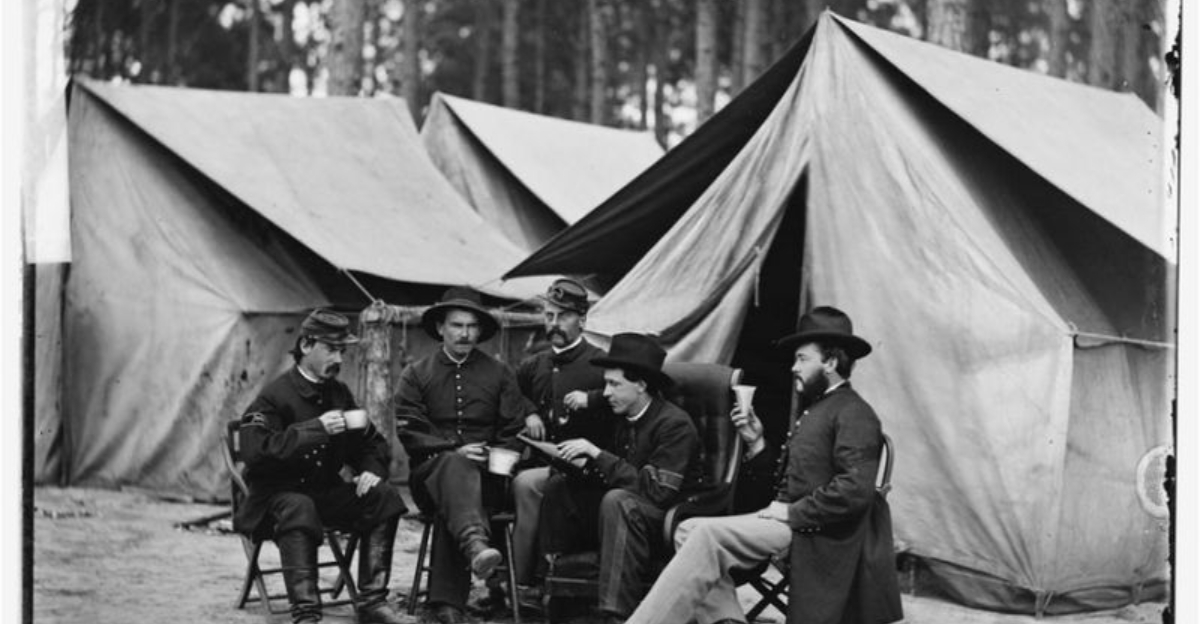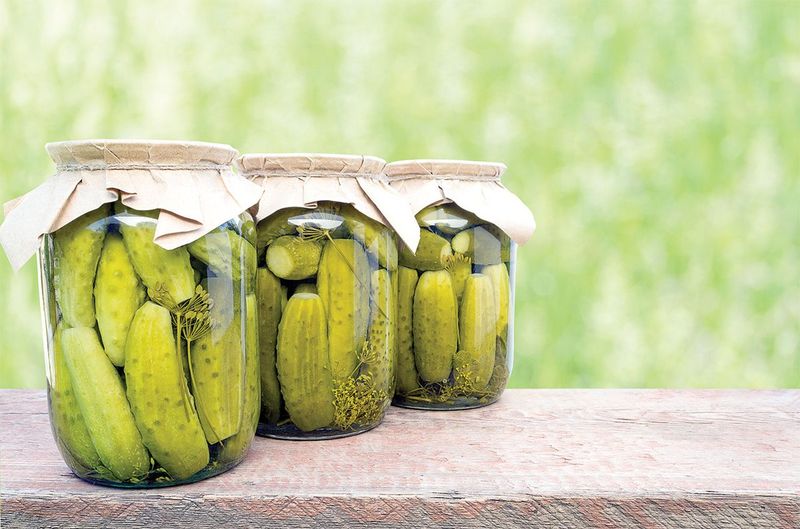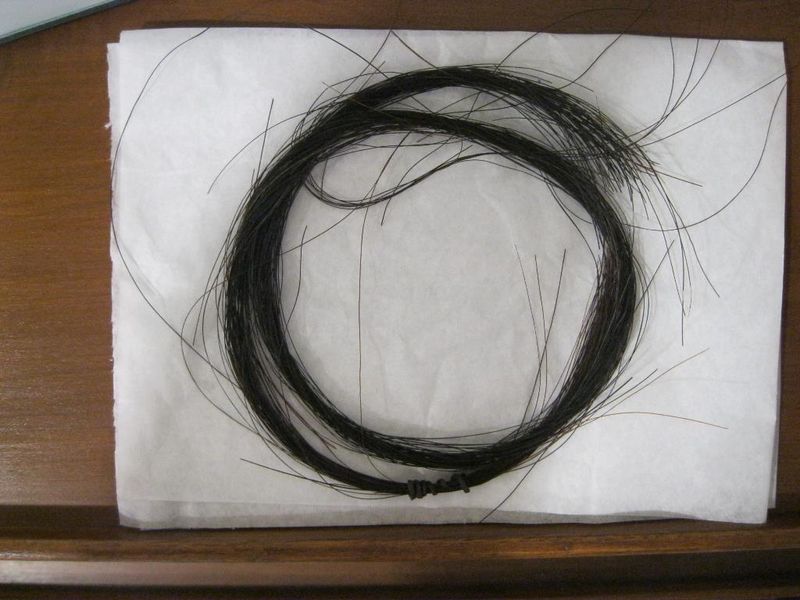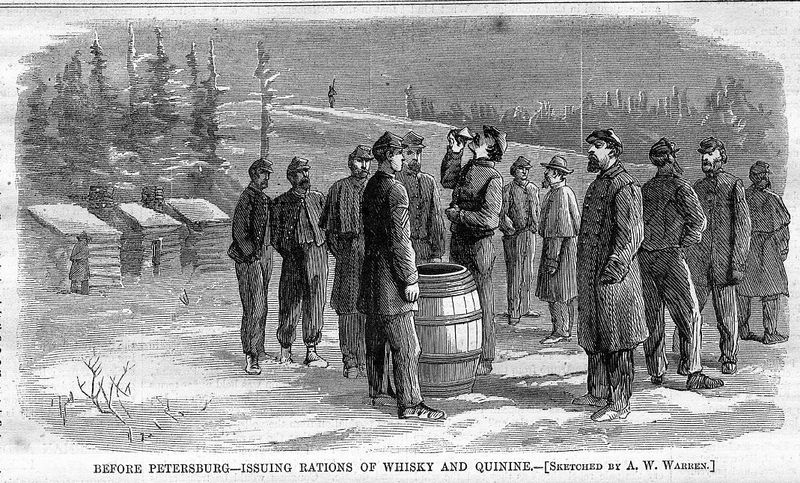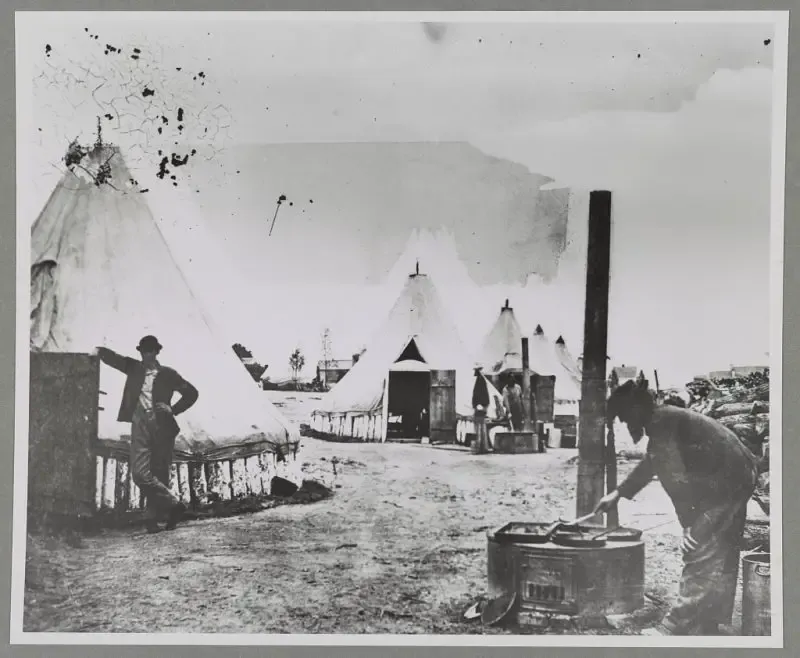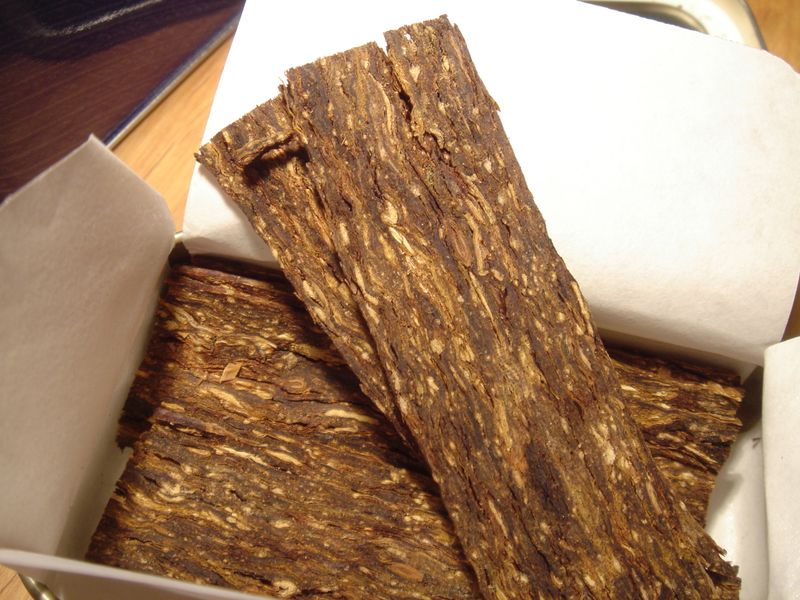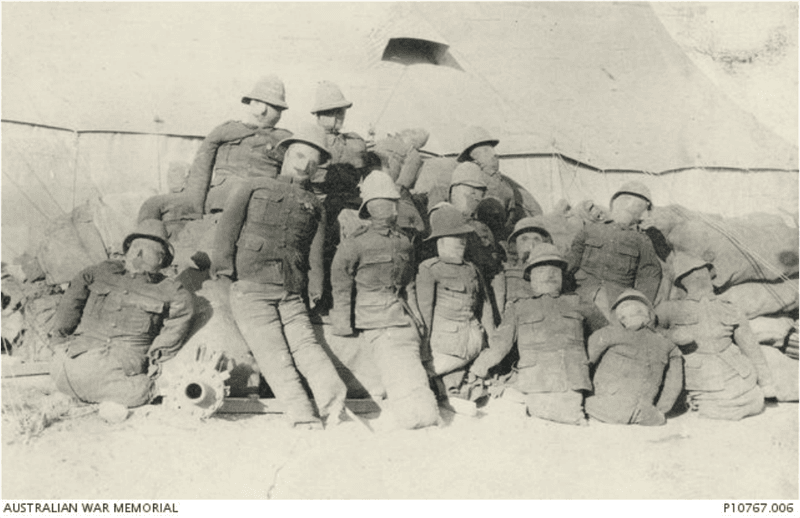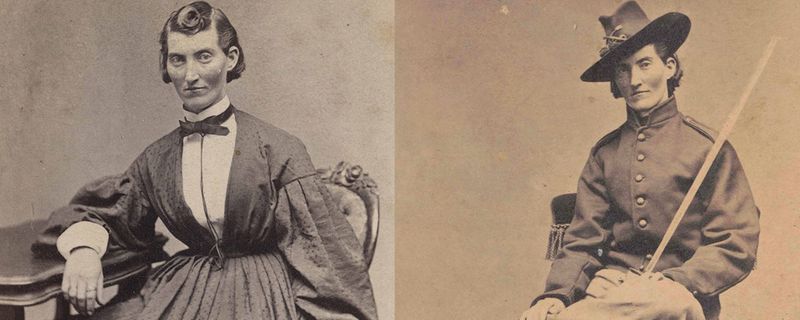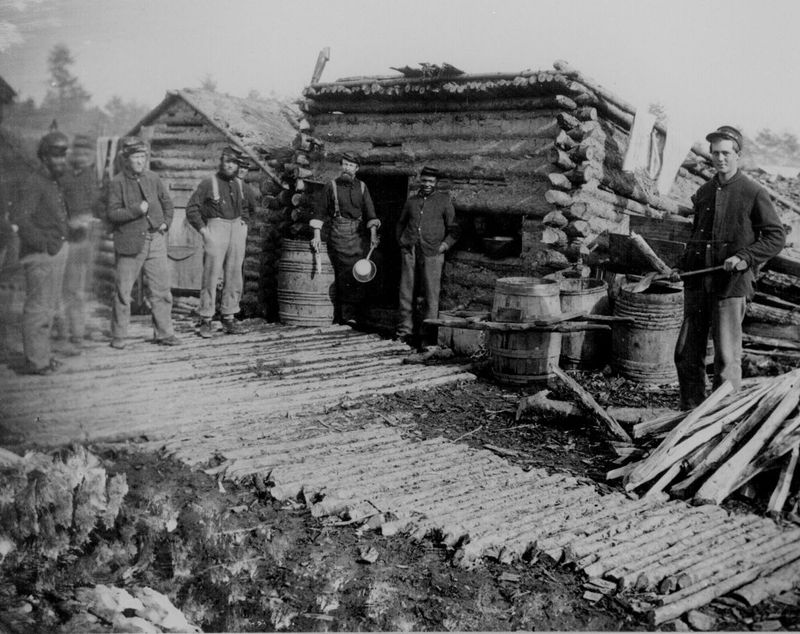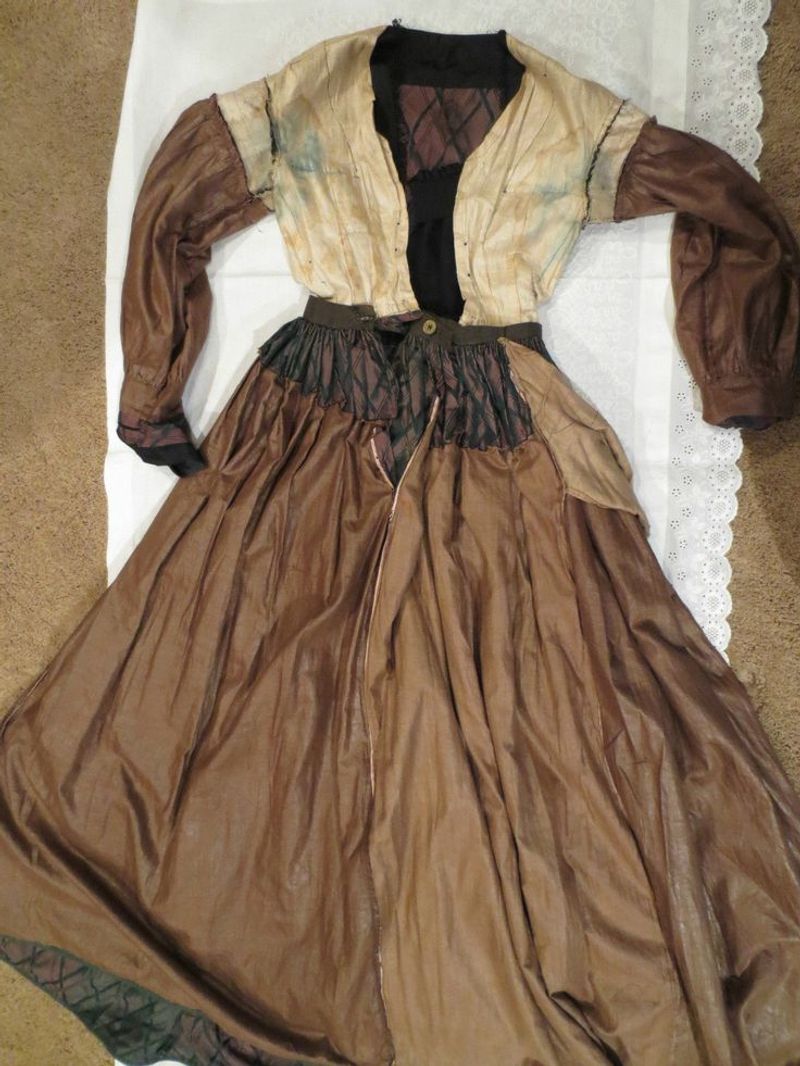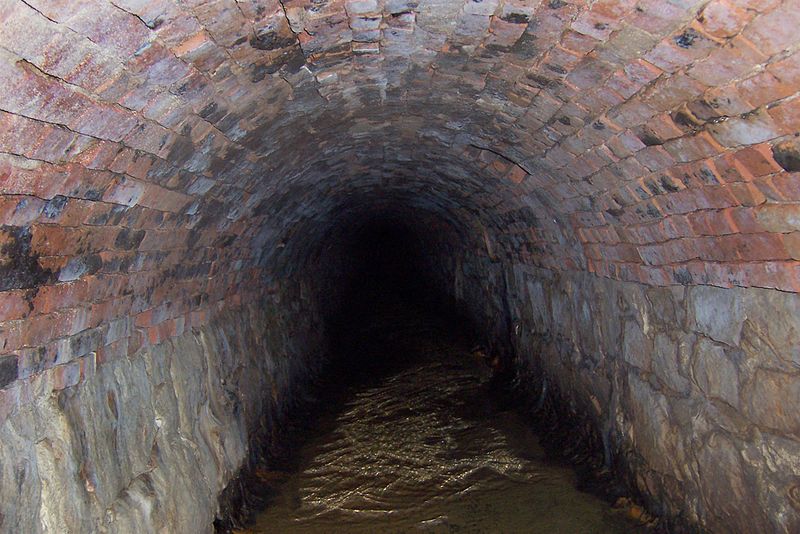The Civil War was one of the bloodiest conflicts in American history—but it wasn’t just about battles. It was also about survival. Soldiers and civilians alike were forced to get creative just to stay alive. From eating rats to sewing bullet wounds with horsehair, here are the most jaw-dropping survival tactics that didn’t make it into your history textbooks.
1. Drinking Pickle Juice to Prevent Dehydration
Clean water was a scarce luxury during the Civil War. Soldiers often turned to pickle juice to fight dehydration. It wasn’t just a zesty drink; it replenished electrolytes essential for enduring heat. Imagine being on the battlefield, and the only liquid you rely on is something as unconventional as pickle brine. Despite its oddity, this method provided relief. Drinking pickle juice, a tactic born out of necessity, proved life-saving for many. Its salty essence, an unexpected hero, offered a reprieve from the relentless thirst of war’s harsh conditions.
2. Using Maggots to Clean Wounds
A scene from a battlefield hospital where maggots became unexpected allies. Doctors sometimes had no other choice but to let maggots feast on dead tissue in wounds. It sounds grotesque, but this method was surprisingly effective, preventing infections at a time when medicine was rudimentary. These small creatures worked tirelessly, removing only the dead flesh, and allowing healing to begin. Though unsettling, this practice showcased the desperate ingenuity of wartime medicine.
3. Wearing Dead Soldiers’ Boots
In the heart of war, resources were scarce, and soldiers had to make do with what they could find. When boots wore out, replacements were not available in stores. Instead, soldiers scavenged footwear from fallen comrades or enemies. This grim reality highlighted the harsh conditions faced during the war. Wearing another’s boots, a necessity for survival, involved a bitter acceptance of the circumstances. It was a poignant reminder of the human cost of war and the resourcefulness it demanded.
4. Sewing Wounds with Horsehair
Thread was a luxury item that many soldiers could not afford. In the face of necessity, they turned to horsehair as an alternative for stitching wounds. It was not ideal, but it worked. The use of horsehair, coarse yet sturdy, became a testament to the ingenuity sparked by desperation. Soldiers and medics alike had to rely on their creativity, using whatever was at hand to mend injuries. This method was a testament to the resilience and adaptability during wartime.
5. Creating Tea from Bark and Roots
When regular food supplies were cut off, soldiers needed to improvise. Tea, often made from oak bark, sassafras roots, or pine needles, became a crucial part of their diet. It wasn’t just a comforting drink; it was a survival necessity. This makeshift brew, though not the most flavorful, provided vital nutrients and warmth. In the cold, grim realities of war, such inventive solutions offered a small comfort and a taste of home, reminding soldiers of normalcy amidst chaos.
6. Eating Rats and Squirrels
Starvation was a constant threat for soldiers during the Civil War. With traditional food supplies dwindling, they turned to what was available: rats and squirrels. These creatures became an unexpected food source, trapped and roasted over campfires. The taste was likely unpleasant, but survival trumped delicacy. Such harsh realities showcased the dire circumstances faced by those on the front lines. Eating what was once considered unthinkable was now essential to staying alive. It was a grim testament to human endurance.
7. Using Tobacco Juice as Antiseptic
Faced with limited medical supplies, soldiers had to improvise when treating wounds. Tobacco juice, commonly chewed or smoked, found a new use as an antiseptic. It was smeared on cuts and injuries, acting as a rudimentary disinfectant. Although unconventional, this method provided some protection against infection. In a world where medical advances were limited, finding any available solution was crucial. The use of tobacco juice demonstrated the innovation sparked by necessity, highlighting soldiers’ ability to adapt to challenging environments.
8. Sleeping in Trees to Avoid Predators
In the wild landscapes where battles raged, soldiers faced threats beyond the enemy. Wild animals and enemy troops roamed the woods, making sleep a dangerous endeavor. To ensure safety, some soldiers took to the trees. Sleeping high above the ground, they avoided predators and surprise attacks. It was a precarious but effective strategy. This unconventional approach highlighted the lengths to which soldiers would go to survive, navigating the dangers of both nature and war with clever resilience.
9. Turning Uniforms Inside Out to Fake Surrender
When survival was at stake, desperate measures were necessary. Some soldiers resorted to turning their uniforms inside out, creating the illusion of surrender or neutrality. This tactic allowed them to blend in or deceive enemy forces, buying precious time to escape. It was a risky move, fraught with danger, but sometimes it was the only option available. Such acts of cunning demonstrated the unpredictable nature of war, where every decision could mean the difference between life and death.
10. Creating Dummy Soldiers
In the cloak of night, creativity became a soldier’s ally. To escape detection, troops crafted dummy soldiers using stuffed uniforms. These decoys mimicked sleeping comrades, allowing real soldiers to slip away undetected. By the time the enemy realized the ruse, it was often too late. This clever tactic exemplified the ingenuity that the harsh conditions of war inspired. It was a gamble, but one that often paid off, highlighting the resourcefulness and daring spirit of those who dared to defy the odds.
11. Wearing Women’s Clothing to Avoid Capture
In a bid to evade capture, some soldiers donned women’s clothing. Disguised in bonnets and dresses, they could slip through enemy lines or avoid conscription. This tactic required nerve and quick thinking. By adopting a new identity, they evaded the clutches of pursuing forces. It was a bold and unconventional strategy, showcasing the lengths to which individuals would go to survive. The ability to adapt and improvise in such dire situations was a testament to human ingenuity and resilience.
12. Drinking Urine to Stay Alive
In extreme circumstances, some soldiers resorted to drinking their own urine. Dehydration was a constant threat, and in the absence of water, this drastic measure was a last resort. It was a grim, but sometimes necessary choice to prevent collapse. The human will to survive pushed individuals to unimaginable lengths. This act underscored the desperation that defined the Civil War, where the boundaries of endurance were continuously tested. Despite its repulsiveness, drinking urine was a testament to the primal instinct to survive.
13. Trading Gunpowder for Coffee
Coffee was a coveted commodity during the Civil War, a small comfort amidst chaos. Soldiers, desperate for this taste of normalcy, would trade anything—even valuable gunpowder. This exchange underscored the morale-boosting power of coffee, a familiar ritual that offered solace. The willingness to part with ammunition for a simple cup of coffee highlighted its importance in maintaining spirits. Such trades were a testament to the human need for comfort, even in the harshest circumstances, where small luxuries became treasured lifelines.
14. Wrapping Feet in Newspaper for Warmth
Winter was unforgiving, and soldiers had to find ways to keep warm. When winter gear was insufficient, they turned to newspapers as insulation. Wrapping feet or stuffing boots with newspapers provided an extra layer against the biting cold. This makeshift solution, although rudimentary, made a crucial difference in surviving the harsh winter months. It was yet another example of the resourcefulness that the Civil War demanded. Soldiers found warmth where they could, turning everyday items into essential survival tools.
15. Building Underground “Dugout” Shelters
In the midst of war, safety was a scarce commodity. Some soldiers took refuge in hand-dug underground shelters, known as dugouts. These cramped spaces offered protection from both shelling and harsh weather. Building such shelters required ingenuity and perseverance. These makeshift homes, though uncomfortable, provided a crucial sanctuary in a landscape of uncertainty. The creation of dugouts was a testament to human adaptability, showcasing the lengths to which individuals went to carve out safety in an unsafe world.
16. Making Bandages from Old Dresses
In the absence of proper medical supplies, creativity became essential. Civilians, often women, tore apart old dresses, even wedding gowns, to fashion much-needed bandages. These makeshift dressings were a lifeline in battlefield hospitals. The act of turning cherished garments into medical supplies highlighted the collective effort to support soldiers. It was a poignant reminder of sacrifice and ingenuity, where every resource was utilized to aid the war effort. This practice was a testament to the human spirit’s resilience and ability to adapt.
17. Smuggling Supplies in Coffins
In a world of constant scrutiny, creativity in supply delivery was essential. Some daring individuals used funeral processions as a cover for smuggling. Inside coffins, they hid food, medicine, or weapons, turning mourning into a covert operation. This tactic was a clever use of subterfuge, capitalizing on the solemnity of funerals to evade detection. It demonstrated the lengths to which people would go to support their cause. Such ingenuity highlighted the duality of war—where life and death were intertwined in unexpected ways.
18. Using Animal Fat to Seal Wounds
Desperate times called for desperate measures. In the absence of proper dressings, animal fat was used to seal wounds. This unusual method provided a barrier against infection, utilizing what was readily available. Although unconventional, it was a practical solution in a landscape where options were limited. The use of animal fat illustrated the innovative spirit spurred by necessity. It was a testament to the improvisational skills of those involved in battlefield medicine, where survival often hinged on creativity and resourcefulness.
19. Chewing Tree Bark to Suppress Hunger
Hunger was a relentless adversary on the battlefield. In the absence of food, soldiers sometimes turned to tree bark. Chewing it didn’t provide much in terms of nutrition, but it offered a temporary sense of fullness. This act was a testament to the harsh realities faced during the war. Soldiers had to rely on whatever was available to stave off hunger. It was a grim reminder of the scarcity that defined their daily lives, emphasizing the unyielding determination to endure despite overwhelming odds.
20. Sleeping in Shallow Graves for Warmth
In the harsh conditions of war, survival often required unconventional solutions. Soldiers sometimes dug shallow graves, using them as makeshift beds to escape the cold. These “gopher holes” provided a measure of warmth and protection against the elements. Sleeping in such a manner was a somber reflection of the lengths to which individuals would go to survive. It was a stark reminder of the sacrifices and suffering endured by those on the front lines. Despite the grim circumstances, soldiers persevered.
21. Faking Illness to Escape the Front
Faced with the horrors of war, some soldiers resorted to feigning illness to escape the front lines. Whether it was a fever, injury, or mental breakdown, convincing acts of sickness often secured a reprieve from the battlefield. This tactic highlighted the desperation and fear that permeated the ranks. It was a risky strategy, but for many, it offered a temporary escape from danger. The act of faking illness was a testament to the mental strain endured by soldiers, as they sought refuge from the relentless chaos.
22. Escaping Through Sewers
For prisoners of war, escape was a tantalizing possibility. Some daring individuals risked everything by crawling through sewer tunnels. This filthy passage offered a chance at freedom, albeit fraught with danger. The decision to escape through sewers was a gamble of life and death, reflecting the desperate desire for liberty. It illustrated the indomitable spirit of those who refused to be confined, even in the direst circumstances. Such daring escapes were a testament to the resilience and courage that defined the Civil War era.
